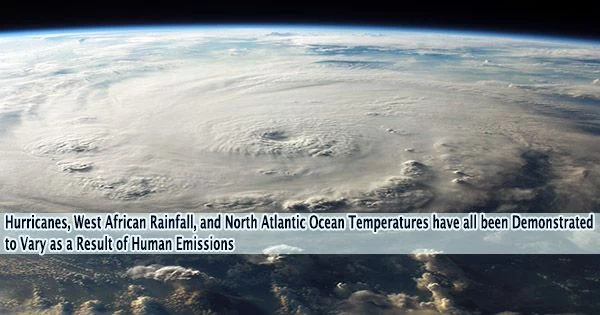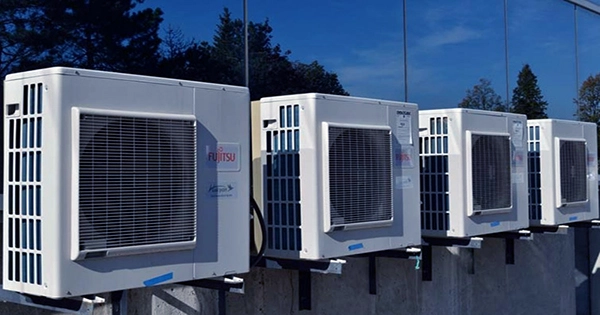According to a recent climate study led by researchers at the University of Miami Rosenstiel School of Marine, Atmospheric, and Earth Science, human-induced aerosol emissions are primarily responsible for temperature variations in the tropical Atlantic Ocean, which have an effect on rainfall in the Sahel region of West Africa and hurricane formation in the Atlantic.
The findings, published in the journal Nature, comes in a year when several hurricanes, including Hurricane Idalia, formed within days of each other over the tropical Atlantic.
“Our findings suggest the waxing and waning in Atlantic ocean temperature, hurricanes, and Sahel rainfall are largely driven by human-induced emissions,” said the study’s lead author Chengfei He, a postdoctoral researcher at the Rosenstiel School, “The novel results are hidden in the noise and can only be revealed by new techniques.”
By averaging more than 400 climate model simulations from climate centers throughout the world, the researchers employed a grand ensemble simulation technique. Similar to noise-cancelling headphones, the technology demonstrated how the climate system is forced externally by factors like volcanic eruptions and human activity.
“For a long time, changes in the West African rainfall and Atlantic hurricanes were believed to be driven by natural cycles within the climate system, such as the Atlantic Meridional Overturning Circulation,” said study co-author Amy Clement, a professor of atmospheric sciences at the Rosenstiel School. “Now we have found that the forced climate changes in our model simulations closely match the real-world observations seen in the tropical Atlantic.”
Our findings suggest the waxing and waning in Atlantic ocean temperature, hurricanes, and Sahel rainfall are largely driven by human-induced emissions. The novel results are hidden in the noise and can only be revealed by new techniques.
Chengfei He
The outcomes of these simulations imply that human-caused aerosol emissions were primarily responsible for the suppression of Atlantic hurricane activity and the drying of the Sahel in the decades after World War II. The Sahel region of West Africa runs from the Atlantic to the Red Sea and is located south of the Saharan desert.
Early 1980s drought, coupled with food shortages and diseases, led to the deaths of over a hundred thousand people from West Africa to Ethiopia. After the 1980s, there was a decrease in aerosol emissions, which increased Sahelian rainfall and Atlantic storm activity.
Additionally, the findings indicated that Sahel rainfall, hurricane activity, and sea surface temperature were all similar to what is seen in the tropical Atlantic.
The researchers also point out that there are other variables that affect hurricane season activity and that storms can and will develop even when a season’s overall activity is low.
“Due to the continuous reduction in human-induced aerosol emissions around the Atlantic, along with ongoing and future warming due to greenhouse gases, we suggest there will not likely be a return to the quiet period in hurricane activity in the Atlantic in the decades of the mid-century,” said He.
















